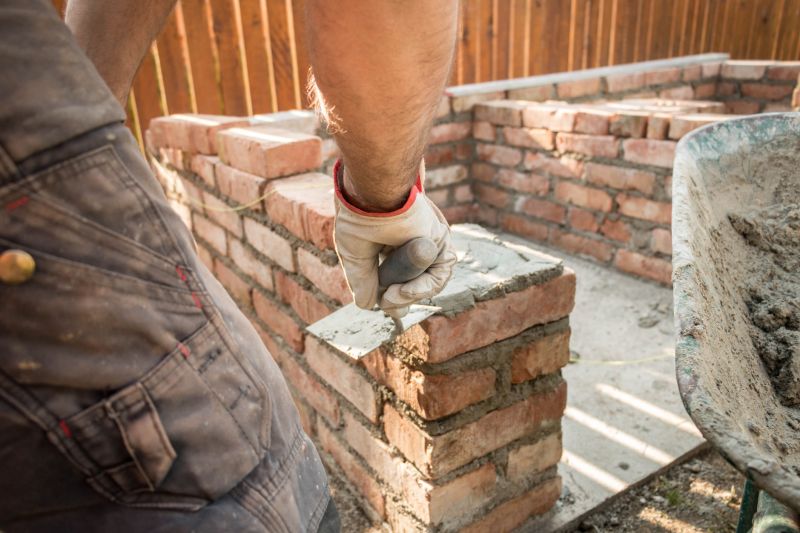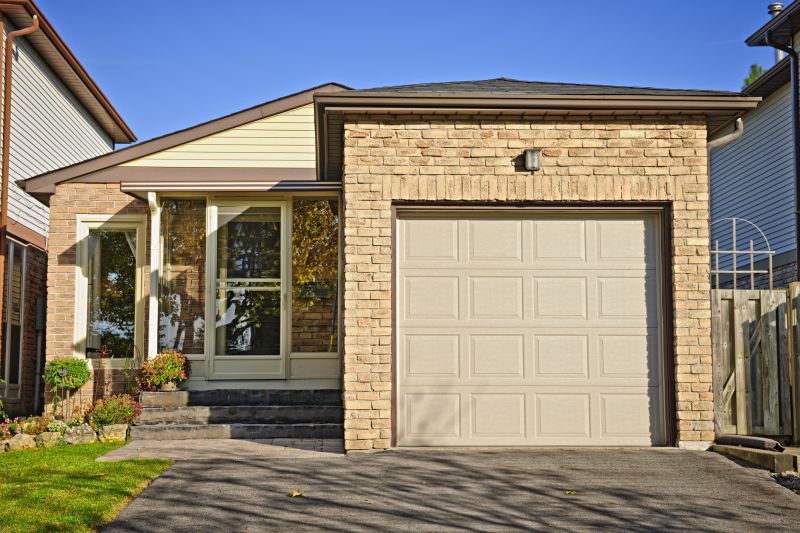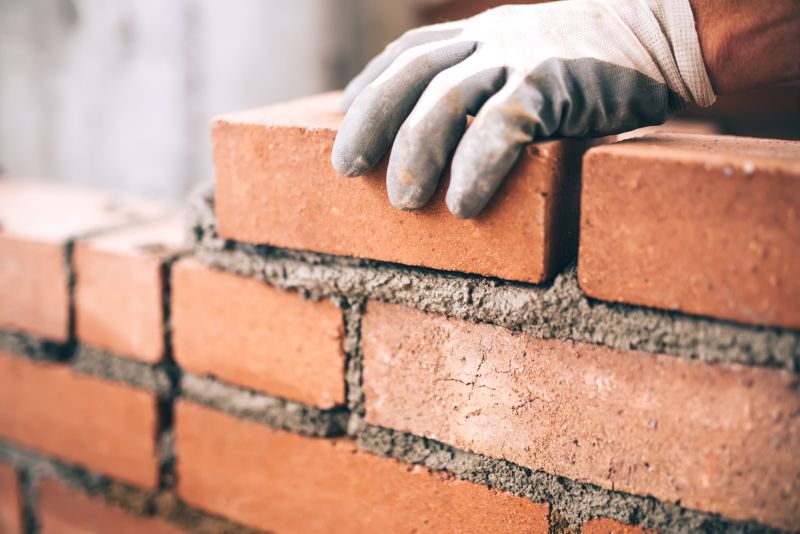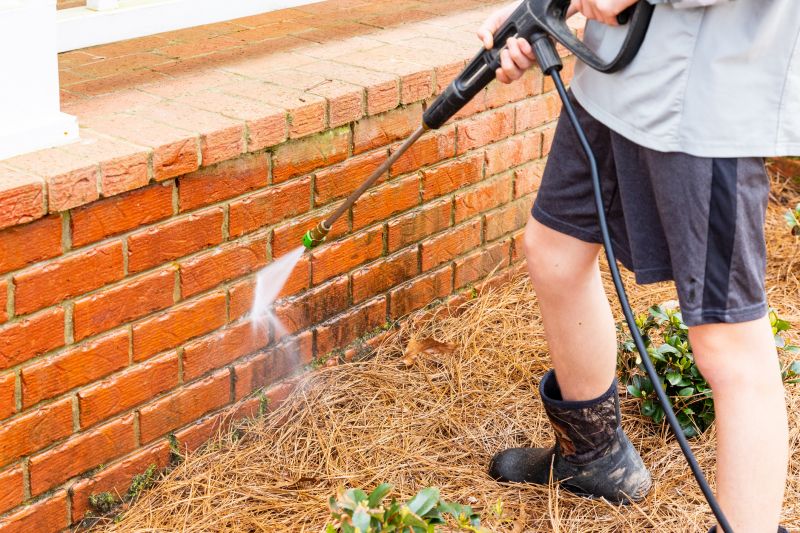Best Seasons for Masonry Service
Masonry service can be performed year-round, but certain seasons offer optimal conditions for quality results. Understanding the best timing ensures durability and longevity of masonry work.
Spring provides moderate temperatures and lower humidity, ideal for masonry projects to set and cure properly.
Summer offers longer daylight hours, but high temperatures and intense sun can affect mortar curing if not managed properly.
Fall's cooler temperatures and lower precipitation levels make it suitable for masonry work before winter.
Winter poses risks of freezing temperatures which can hinder mortar setting and cause damage if masonry is performed during cold weather.

Ways to make Masonry Service work in tight or awkward layouts.

Popular materials for Masonry Service and why they hold up over time.

Simple add-ons that improve Masonry Service without blowing the budget.

High-end options that actually feel worth it for Masonry Service.

Finishes and colors that play nicely with Masonry Service.

Little measurements that prevent headaches on Masonry Service day.
| Season | Ideal Conditions |
|---|---|
| Spring | Moderate temperatures with low humidity, ideal for curing and setting |
| Summer | Longer days but requires precautions against high heat |
| Fall | Cooler temperatures with minimal precipitation, suitable for projects |
| Winter | Freezing temperatures that can damage mortar and materials |
Masonry service involves the construction, repair, and restoration of structures using materials such as brick, stone, and concrete. Proper timing ensures materials cure correctly, which is critical for structural integrity. Weather conditions greatly influence the outcome of masonry work, with temperature and humidity being key factors. Performing masonry during optimal seasons reduces the risk of issues like cracking, shifting, or deterioration caused by improper curing.
Statistics indicate that masonry projects completed in favorable weather conditions tend to have longer lifespans and require fewer repairs. For example, mortar cures best when temperatures are between 50 and 85 degrees Fahrenheit, and moisture levels are moderate. Planning masonry work during spring or fall minimizes weather-related delays and enhances durability.

A 60-second routine that keeps Masonry Service looking new.

A frequent mistake in Masonry Service and how to dodge it.

Small tweaks to make Masonry Service safer and easier to use.

Lower-waste or water-saving choices for Masonry Service.
Interested in scheduling masonry service at the optimal time for your project? Filling out the contact form can help coordinate timing to ensure the best possible results.
